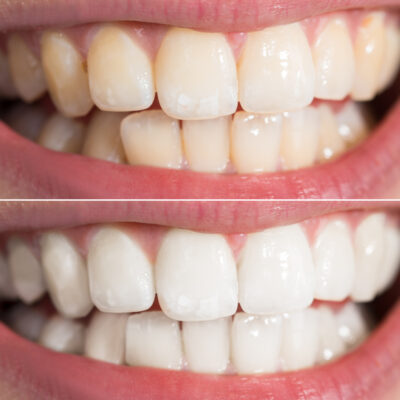
Main Spinal Muscular Atrophy (SMA) Types
Spinal muscular atrophy (SMA) is a serious condition. It causes a loss of muscle neurons or nerve cells that are responsible for carrying instructions from the brain to the muscles to control movement. The loss of these nerve cells leads to muscle weakening and atrophy. People suffering from this condition have difficulty standing, walking, and sitting. Sometimes, even swallowing, breathing, and speaking might be hampered.
There are different types of spinal muscular atrophy (SMA), and the severity of the condition depends on its type. There is no cure for this condition, but treatment can help improve some of the symptoms. The leading cause for all types of spinal muscular atrophy (SMA) is genetics, with two copies of a broken gene from each parent. In this condition, the body will not be able to make a specific protein that is needed for the cells that control muscles. Symptoms of SMA might vary mainly based on the type:
1. Type 1
It is the most severe of all the types of spinal muscular atrophy (SMA), wherein one cannot sit or hold up the head without support. The affected person might have problems swallowing and breathing. Most people with this condition cannot live past two years of age.
2. Type 2
This condition affects children between 6-18 months after they are born and the symptoms range between moderate and severe. The legs are more affected than the arms. The child will be able to sit, stand, and walk with help.
3. Type 3
This condition affects children between 2-17 years of age. It is one of the mildest types of SMA. In this condition, the child might be able to stand or walk without help but could have problems in running, climbing stairs, or getting up from a chair. Later on, they might need a wheelchair to move around.
4. Type 4
This form of SMA starts when you become an adult, usually after 35 years of age. However, some people might experience the symptoms as early as their teens. Often, people with SMA 4 have four to six copies of the SMA2 gene, which means that they are less affected by mutations in the SMN1 gene.
5. Symptoms of SMA type 4
SMA type 4 is categorized by
- Mild muscle weakness in the legs and hips that could extend to the arms and shoulders
- Patients might experience breathing problems
- Twitching and tremors of muscle
Some of the patients might need wheelchair assistance, though most are usually able to walk.
6. Diagnosis of type 4
It might be difficult to diagnose SMA type 4 because the initial symptoms are relatively mild. Also, it is the rarest of all the types of spinal muscular atrophy (SMA), only affecting 1 in about 300,000 people. Electromyography (a measure of the nerve signals) or muscle biopsy, might be performed to check for any abnormal nerve patterns to muscle. After the initial diagnosis, a genetic test can be done to confirm any suspicions.
Most people with SMA type 4 are unable to walk unassisted after the age of 60 and need a wheelchair. However, swallowing and breathing are not affected and the life expectancy is normal.


